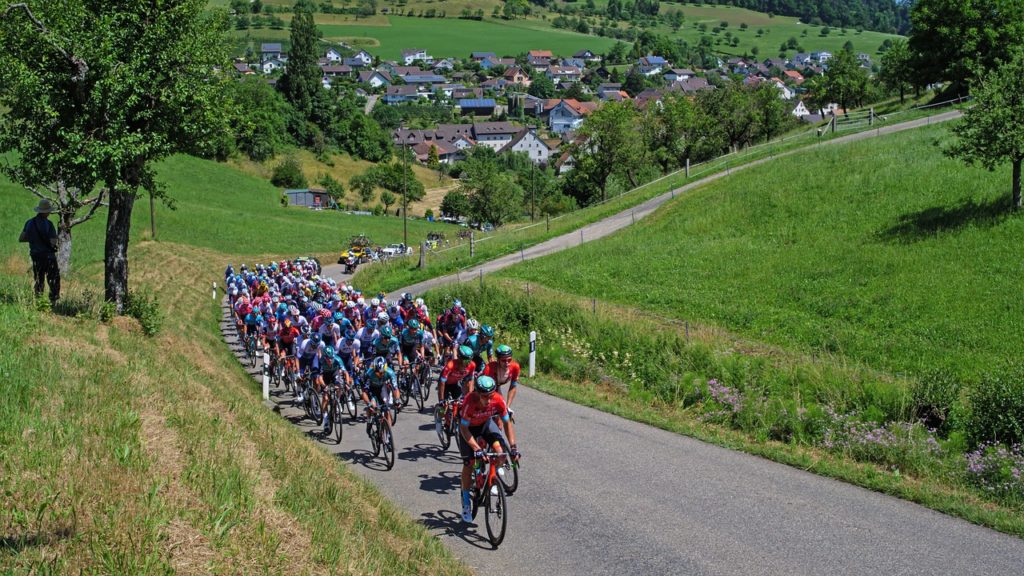
Physical activities like jogging, walking, cycling, and sprinting are known to engage the musculoskeletal system and result in energy utilisation. Sprint interval training (SIT) is a type of sprinting exercise that involves cycles of intense exercise followed by a short duration of rest. How the durations of exercise and rest are structured can affect the impact of SIT on physiological responses. In recent years, the field of sports physiology has witnessed increased interest in optimizing SIT protocols. This surge can enhance the recognition of SIT’s efficacy in improving athletic performance and overall well-being, highlighting its versatility to promote health and fitness.
Explaining the motivation behind their research work, Yamagishi says, “Establishing a minimum dose of exercise training to bring about training benefits, such as aerobic fitness, has been one of my main research interests. Due to the support from Prof. Kawakami and other co-authors, along with the collaboration with Waseda University, this unique research work using a multifaceted approach was possible.”
The team of researchers matched two different sprint interval exercises (SIE) for the total duration of sprint and sprint-to-rest ratio. They analyzed the influence of SIE on physiological and metabolic responses by examining pulmonary oxygen uptake (V̇O2) levels and changes in tissue oxygenation index (∆TOI) in thigh muscles. Additionally, they utilized the T2-weighted magnetic resonance imaging (MRI) technique to assess the activation of thigh muscles. researchers’ team matched two sprint interval exercises (SIE) for the sprint and sprint-to-rest ratio duration
The researchers highlight that SIE20, comprising two 20-second sprints with 160-second recovery, outperformed SIE10, which involved four 10-second sprints with 80-second recovery. While both the SIE protocols significantly increased whole-body and peripheral oxidative metabolism and the activation of the major thigh muscles, as indicated by the increases in V̇O2 levels, ∆TOI and MRI T2 values, respectively, greater peripheral oxidative metabolism was achieved with SIE20. They also observed that successive sprint repetitions in SIE10 did not correlate with greater oxidative metabolism.
Elaborating on the real-life applications and impact of the present research, Yamagishi says, “In today’s fast-moving world, lack of time is a major hindrance to regular physical activity. However, the exercise modalities employed in our study require less than 15 minutes to complete and provide considerable health benefits.”